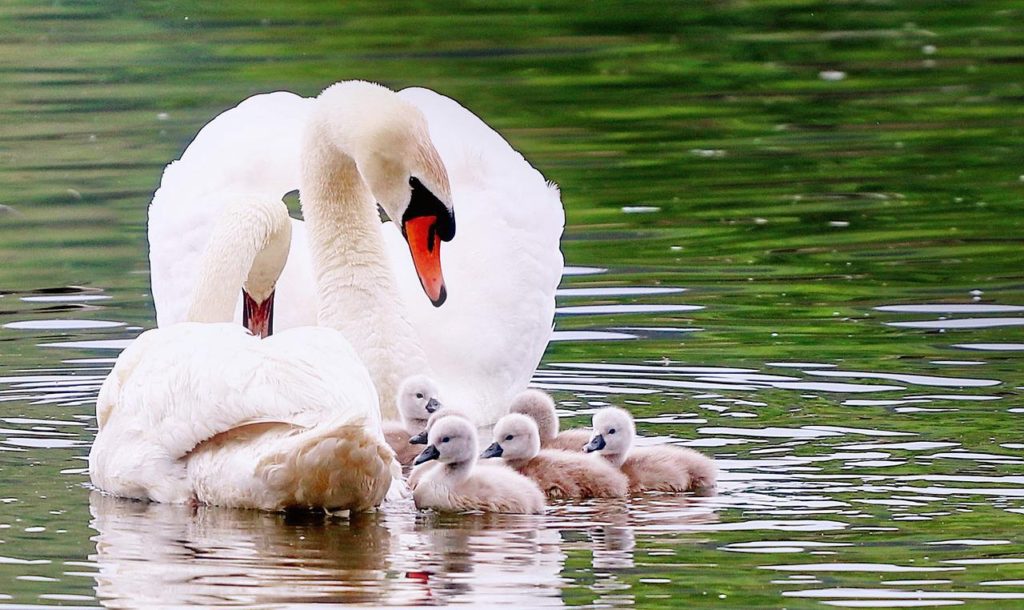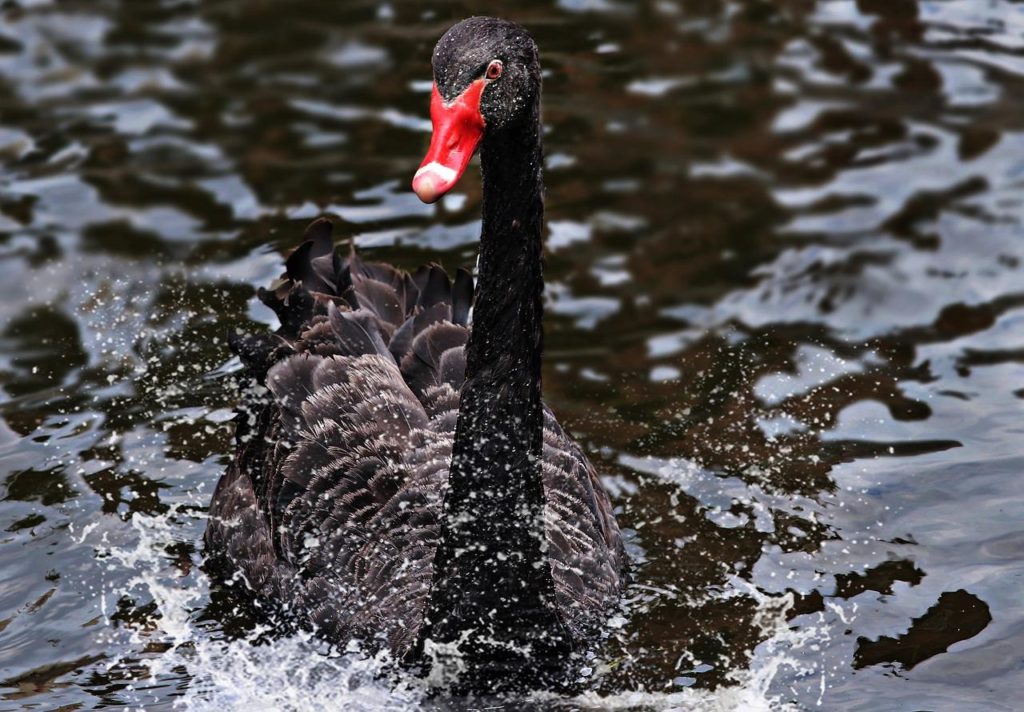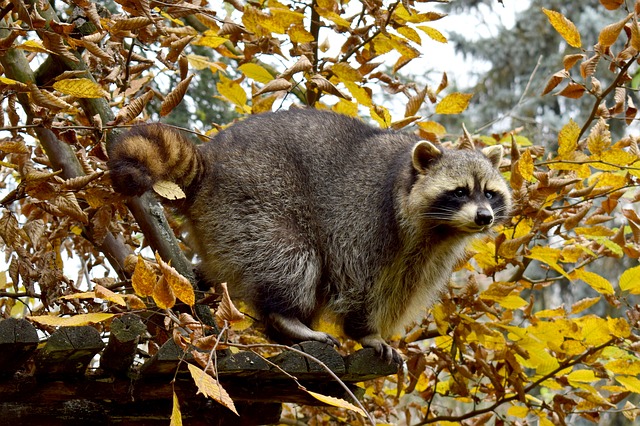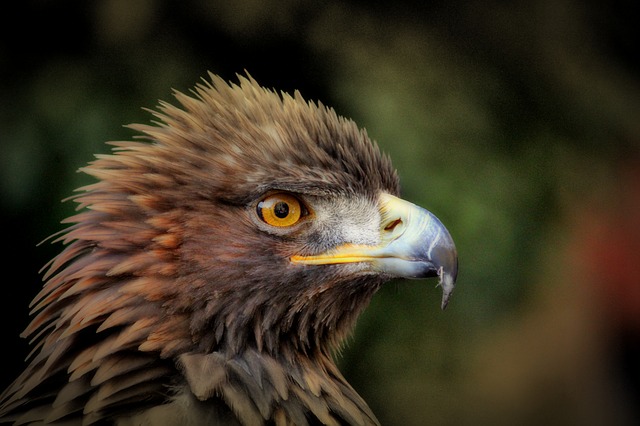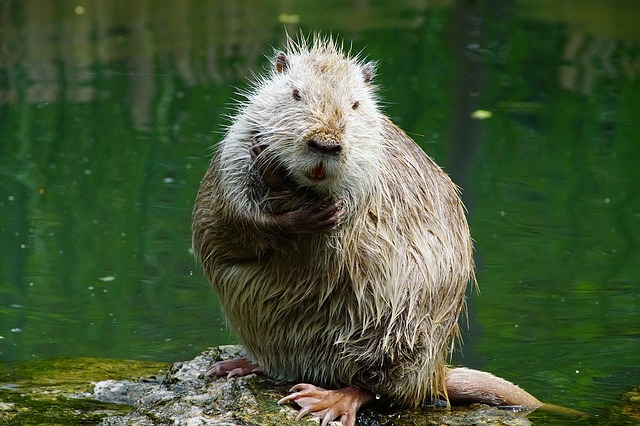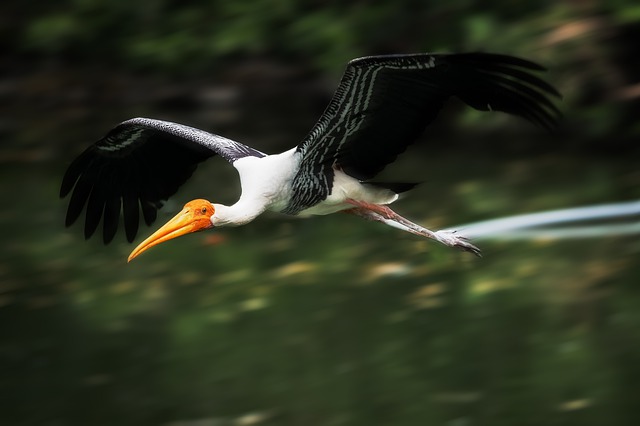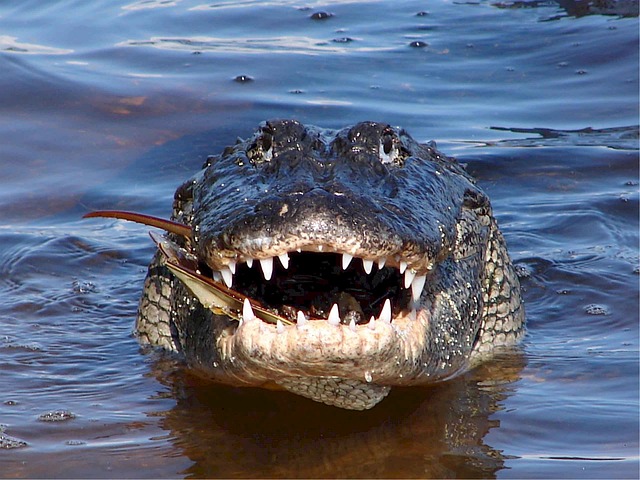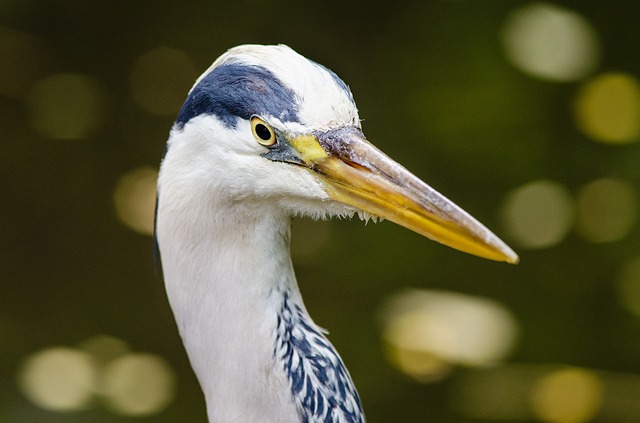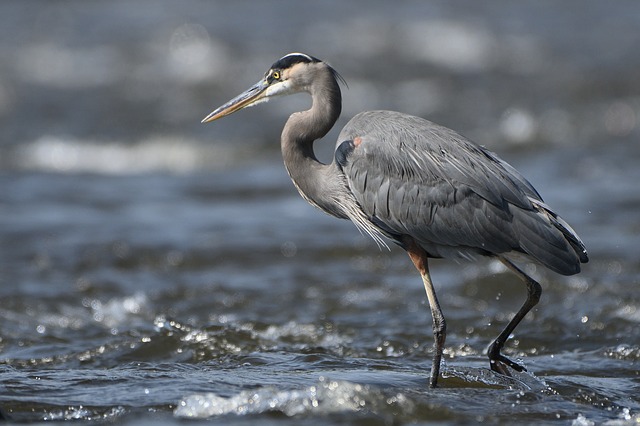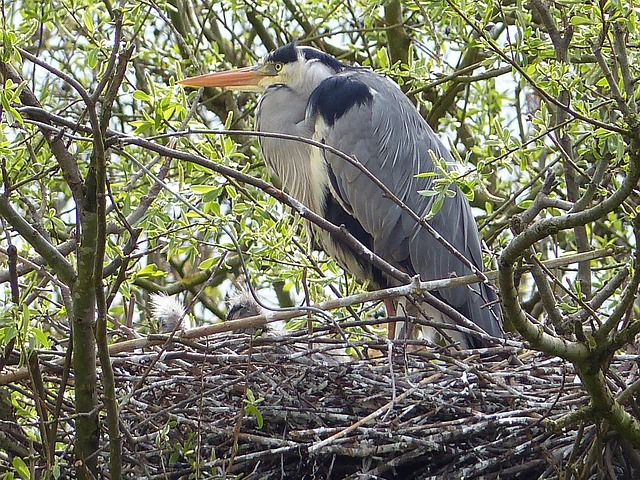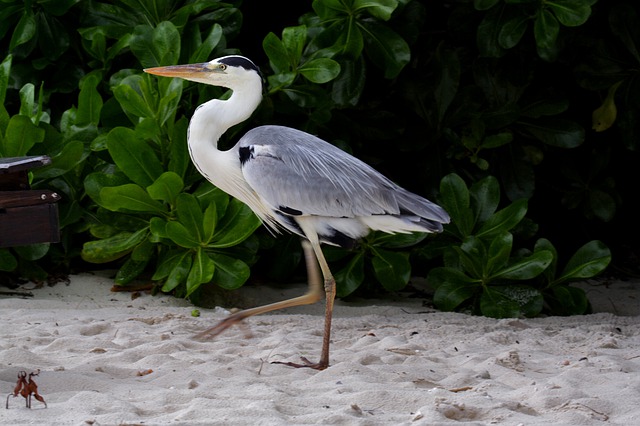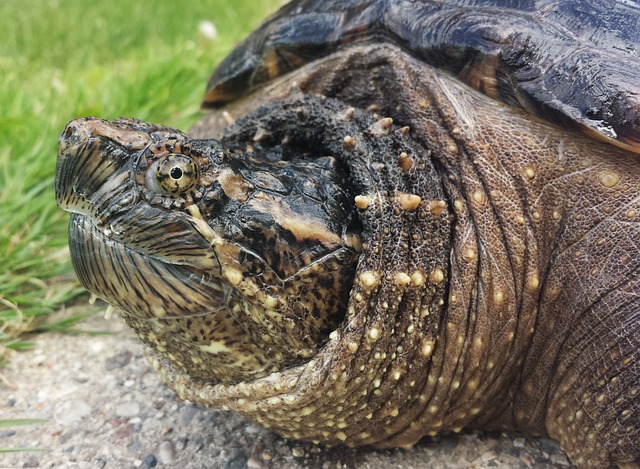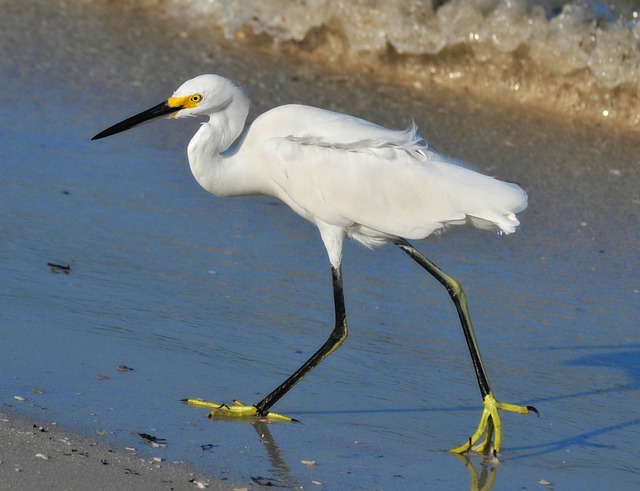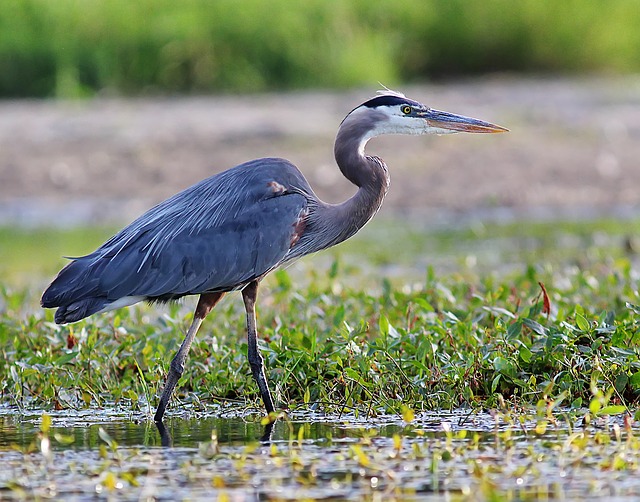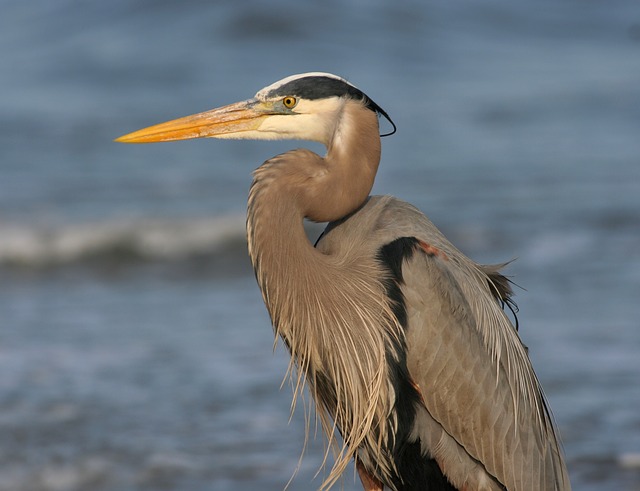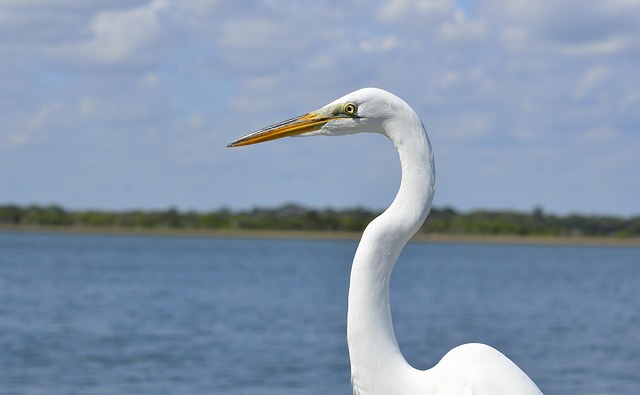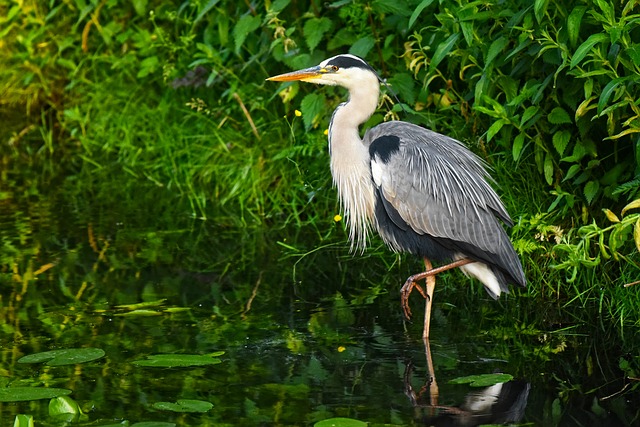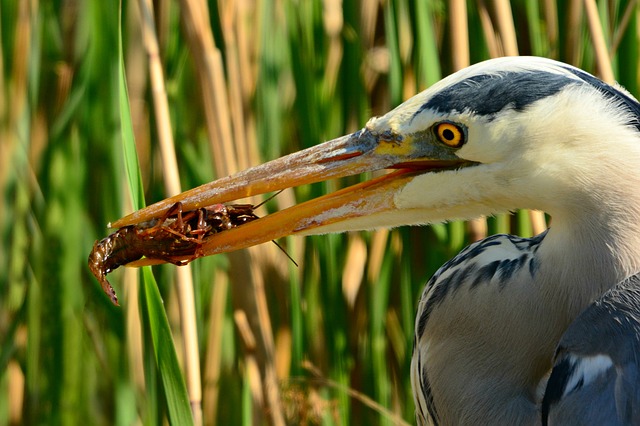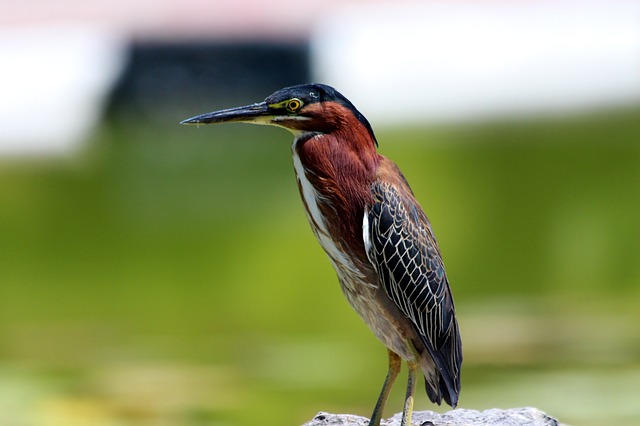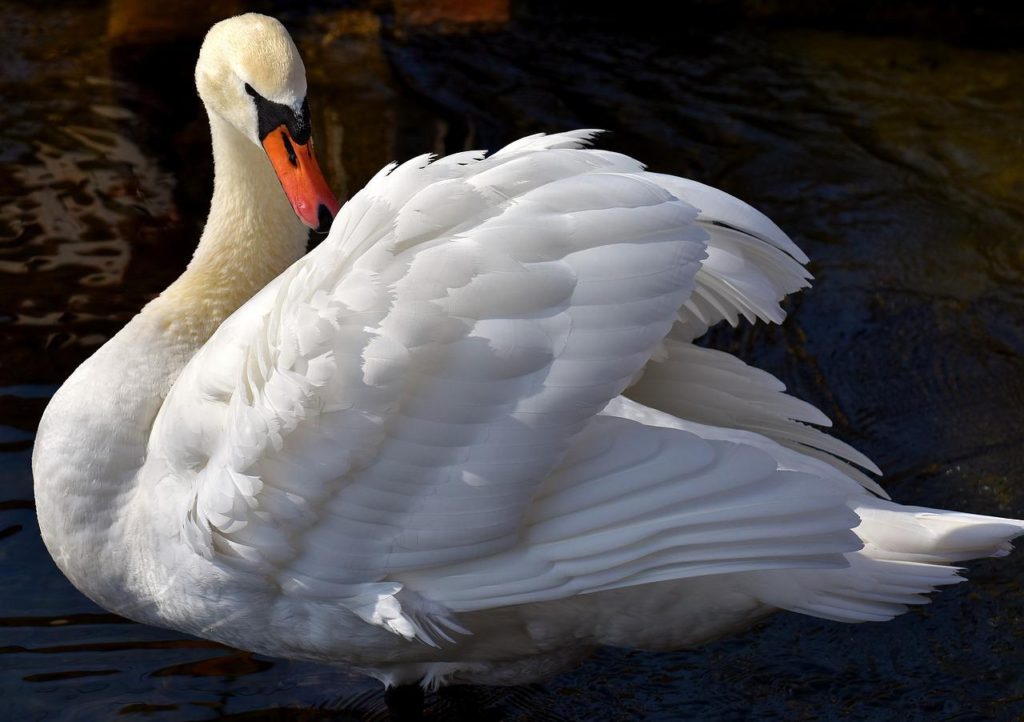
Swans are graceful and beautiful creatures and as such, people have many questions about them. They want to know about their mating rituals, their diet, their preferred habitats, and even their lifespans. How long do swans live for anyway? Swan lifespans actually vary and here’s what you’ll want to know!
Swan Lifespan
Swans are beloved long-necked birds that are part of the family Anatidae. These waterfowl live in ponds, lakes, marshes, estuaries, wetlands, streams, and elsewhere. The seven swan species are mute swans, black swans, trumpeter swans, black-necked swans, whooper swans, tundra swans, and coscoroba swans. In general, swans usually live for between 20 and even 30 years.
How Long Do Mute Swans Live?
Mute swans are enormous white birds that, true to their name, are typically quiet. They have strong hearing and eyesight. Wild mute swans can get to 19 years of age. They generally survive for 321 months in total. Captive ones are a whole other story. They can live for as long as 30 to 40 years. One specific mute swan in Denmark actually was able to get to an impressive 40 years old back in 2009.
How Long Do Tundra Swans Live?
Tundra swans are on the smaller side when it comes to swans and breed in North America’s distant Arctic region. Although their feathers are completely white, they have black feet and legs.
While the oldest known wild tundra swan lived for a minimum of 23 years and seven months, wild tundra swans generally survive for roughly a decade if they are lucky. Their captive counterparts sometimes live for twice as long so for a maximum of around 20 years.
How Long Do Trumpeter Swans Live?
Trumpeter swans have the distinction of being the largest waterfowl that are native to the vast North American continent. People occasionally confuse them with the previously mentioned tundra swan as they look similar and come from the same continent.
Trumpeter swans that are in the wild occasionally surpass 20 years of age. A prominent captive male of the species lived for longer than 35 years. He was a Turnbull National Wildlife Refuge resident.
How Long Do Black Swans Live?
Black swans primarily breed in the southwest and southeast parts of Australia. They’re nomadic creatures in their Down Under homelands. Although they come from the land Down Under, they’ve been brought to both Europe and North America. Black swans that are in the wild often survive for approximately 12 years. Black swans that are in captivity, on the other hand, can live for upward of four full decades.
The Life Cycle of a Swan
Typical swan life cycles are pretty straightforward. Female and male swans team up to create sizable nests using moss and grass. They create these nests on raised sections of land that are close to lakes and ponds. Female swans take things to the next level by laying between three and five eggs inside of the aforementioned nests.
Incubation is another major step. The females rest on top of the eggs as a means of promoting warmth. The males look over them for defense purposes. They safeguard the eggs from all kinds of outside dangers. Hatching is next. The eggs make their debuts once roughly 32 days have gone by.
Lastly, tiny cygnets gain the ability to swim. It doesn’t even take a day for them to gain this ability after hatching. They trail their mothers in order to locate sustenance. Swan youngsters frequently remain in the company of their mothers and fathers for approximately 18 months.
Dangers Swans Face
Many diverse components can affect longevity in swans. Unsurprisingly predators often influence how long swans live. Several examples of swan predators are raccoons, foxes, wolves, and human beings.
Since swans are impressively large and are defensive, they don’t actually have many natural predators. Other swan threats are collisions with power lines, deadly lead poisoning, severe weather conditions, poaching, and a broad range of illnesses.
Start Shopping for Birding Supplies!
Raccoon Pictures
Raccoons are easily recognizable by their black face mask and ringed tail. And there are many fascinating things about this intelligent nocturnal species. So we’ve compiled some of the best raccoon pictures to show you just how amazing and unique they are. Raccoon...
Eagle Pictures
Eagles are large powerful raptors with sharp talons and beaks. These apex predators are typically at top of the food chain and there are many interesting things about them. So we’ve compiled some of the best eagle pictures to show you just how amazing they are. Bald...
Nutria Pictures
Nutria are large semi-aquatic rodents from South America. In the United States where they were originally imported for the fur industry, they are an invasive species. Despite their pest status, there are many interesting things about them. So here are some of the best...
Stork Pictures
Storks are tall wading birds with long legs and necks. These amazing birds have many fascinating things about them. And we’ve compiled some of the top stork pictures to help show you just how interesting and beautiful they are. White Stork The white stork has a body...
Alligator Pictures
The American alligator is a large predatory reptile that inhabits the southeastern United States. It’s a fascinating animal with many interesting things about it. And we’ve collected some of the best alligator pictures to help show you just how amazing they are....
How Long Do Great Blue Herons Live?
The life expectancy of birds is known to be closely related to their size. So as the biggest heron species in North America, how long do great blue herons live? The average life expectancy for these large birds is around fifteen years. However, surviving their first...
Where Do Great Blue Herons Live?
The great blue heron is considered to be the most widespread heron in North America. So exactly where do great blue herons live? Here’s what you’ll want to know. Great Blue Heron Range The great blue heron is found throughout most of the North American continent. In...
Where Do Great Blue Herons Nest?
While many of us have seen great blue herons their nesting habits often remain a mystery to most people. That’s because they purposely nest in hard-to-reach places. So where do great blue herons nest? Here’s the answer. A Colony Nester Typically great blue herons nest...
Do Great Blue Herons Migrate?
Do great blue herons migrate? This is something many people wonder about, especially if they’ve seen a heron during the cold winter months. And the answer is both yes and no. Here’s what you’ll want to know. Great Blue Heron Range The great blue heron has a large...
Great Blue Heron Pictures
Few species of birds are as tall, elegant, and attractive as the great blue heron. So we’ve compiled some of the best great blue heron pictures for you to admire and help you to learn more about this amazing bird! Great Blue Heron Head The head of the great blue heron...
What Do Snapping Turtles Eat?
Many people are familiar with the fact that snapping turtles have an incredibly strong bite. They use their strong jaws and sharp beak not just for defense but also for catching food. So what do snapping turtles eat? Here's what you'll want to know. Snapping turtles...
Birds That Look Like Egrets
Egrets are predatory birds that hunt and live in a range of both freshwater and saltwater habitats. These birds are usually white, and have S-shaped necks, long legs, and dagger-like beaks. However, they are often mistaken for several other types of birds that look...
Birds That Look Like Storks
Storks are large wading birds with robust bills and long legs. These tall carnivorous birds are well-known for their wide wingspans and also for building huge nests. However, they are often confused with several other bird types that have a similar appearance. So...
Birds That Look Like Herons
Herons are tall birds with long slender legs and necks. And they often wade in the water when hunting for food. Yet there are several other types of birds that may be mistaken for them. To make things more confusing many of these birds also spend time in the water and...
Great Blue Heron Facts
The great blue heron is named for its size and the grey-blue color on its wings, stomach, and back. This species has many fascinating things about it. So here are the top great blue heron facts. It's The Largest North American Heron The great blue heron is a big bird...
Are There White Herons?
Are there white herons? This is something many people wonder especially after seeing a tall all-white bird. The answer is yes! And here’s a fast introduction to them. A White Color Morph Most people are familiar with the great blue heron, a large predatory and...
Great White Heron Facts
While many people are familiar with the great blue heron, they are often surprised to find out that there’s also a great white heron. There are many things you’ll want to know about this stunning bird. So here are the top great white heron facts. The Great White Heron...
What Animals Eat Herons?
Because of their size and long sharp beaks, it can be hard to imagine that herons have any natural predators. While they do, they definitely don’t have nearly as many predators as most other types of birds. So what animals eat herons? Predators Of Adult Herons For...
What Do Herons Eat?
Great blue herons are often seen slowly wading in shallow water hunting for food. You may have even spotted one of these large birds in your own backyard pond. This leaves many people wondering: “What do great blue herons eat?” And here’s everything you’ll need to...
What Do Green Herons Eat?
The green heron is a secretive and small heron species. What it lacks in size however it makes up for in intelligence. It is particularly well-known for how it uses its smarts when hunting for food. So what do green herons eat? Read on to find out. Meet The Green...
